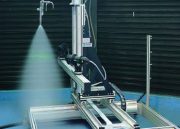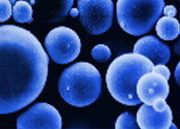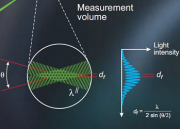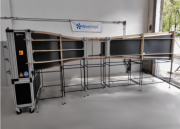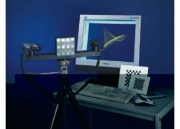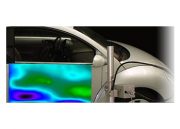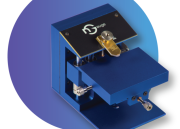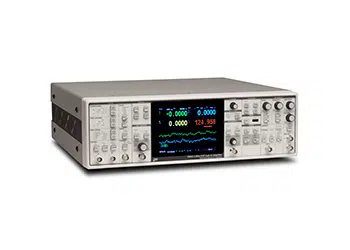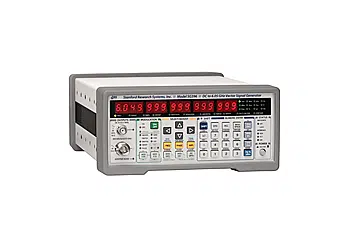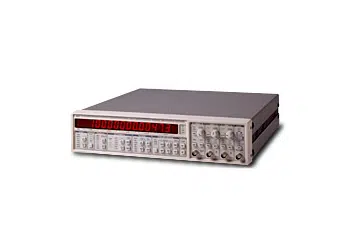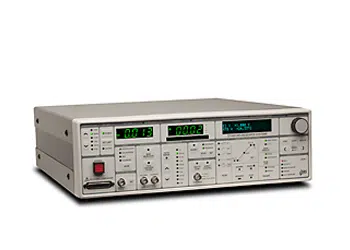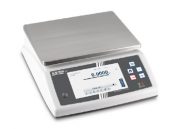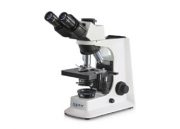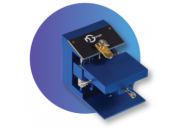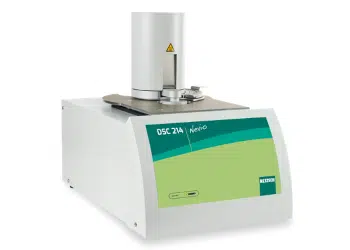DSC 214 Nevio
DSC 214 Nevio
..by means of the DSC 214 Nevio ‒ the fastest heat-flux DSC instrument on the market.
Information obtained by differential scanning calorimetry (DSC):
- Melting temperatures and enthalpies
- Polymorphism
- Crystallization temperatures and enthalpies
- Glass transitions
- Solid-solid interactions (e.g., compatibility)
- Phase diagrams
- Eutectic purity
- Solid-fat content
- Reaction temperatures and enthalpies
- Cross-linking reactions (curing)
- Oxidation-induction time and temperature (OIT (isothermal), OIT (dynamic), OOT)
Infos / Datasheet
Functional principle:
A DSC measuring cell consists of a furnace and an integrated sensor with designated positions for the sample and reference pans. The sensor areas are connected to thermocouples or may even be part of the thermocouple. This allows for recording both the temperature difference between the sample and reference side (DSC signal) and the absolute temperature of the sample or reference side.
DIN 51007 and ISO 11357-1 recommend the portrayal of endothermic processes with upward ordinate amplitude. In, for example, ASTM E793 and E794, downward application of the endothermic direction is suggested. This is why the NETZSCH Proteus® software allows for the direction of application for endothermic and exothermic processes to be selected.
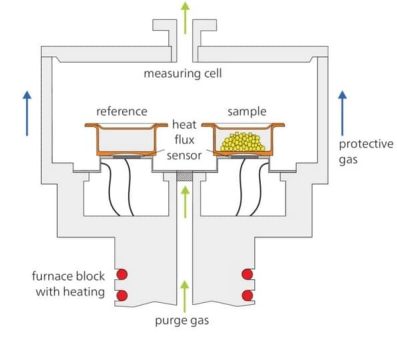
DSC 214 Nevio supports with:
- Studying Phase Transformations of Pharmaceuticals, Foods and Cosmetics
Advantages of the DSC 214 Nevio:
- Maximum temperature range from -170 to 600 °C
- Maximum heating rate of up to 500 K/min
- ASC of up to 20 sample and reference crucibles (optional)
- Gas atmospheres: inert, oxidizing, static and dynamic
- Space-saving design
- Proteus®-Protect software (including device license) meets the requirements of 21 CFR Part 11
For further information, please refer to the technical data sheet or the brochure.
Sie sehen gerade einen Platzhalterinhalt von Google Maps. Um auf den eigentlichen Inhalt zuzugreifen, klicken Sie auf die Schaltfläche unten. Bitte beachten Sie, dass dabei Daten an Drittanbieter weitergegeben werden.
Mehr Informationen


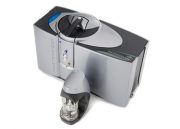

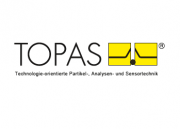
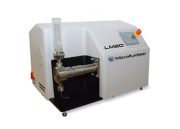
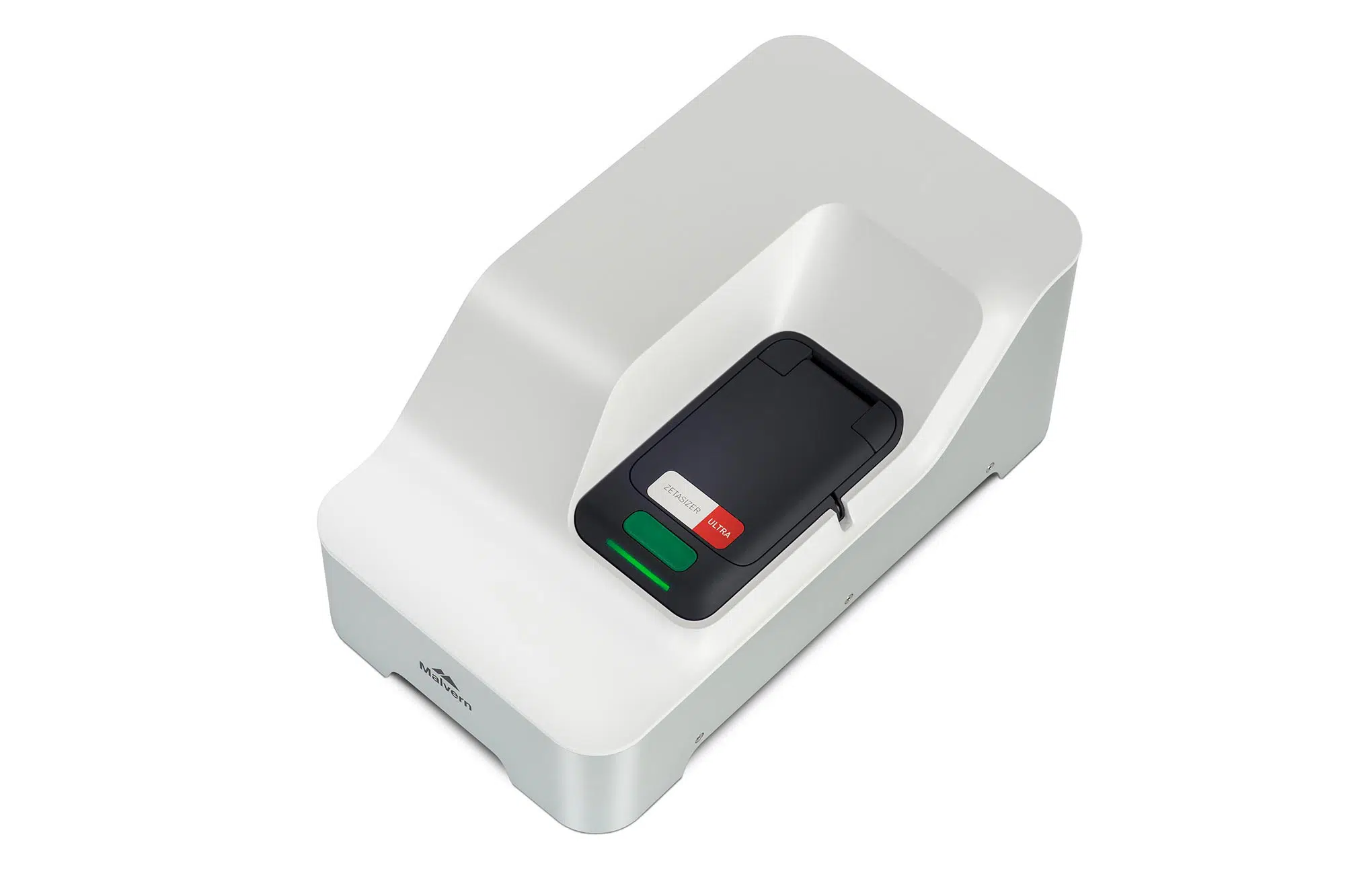
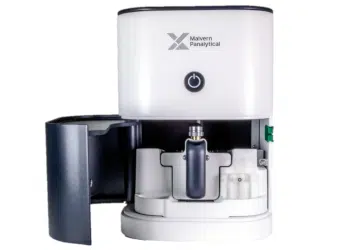



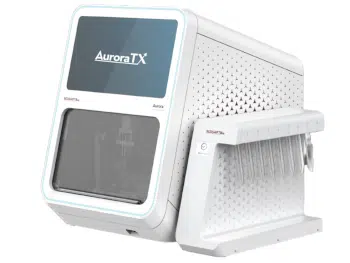
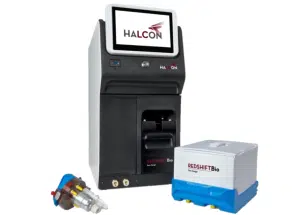
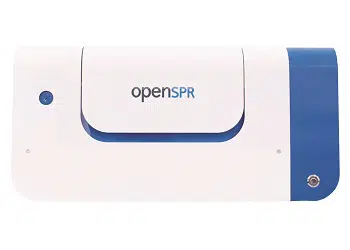
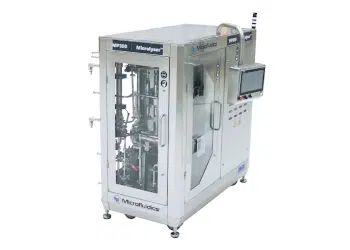
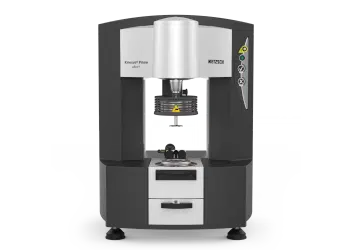
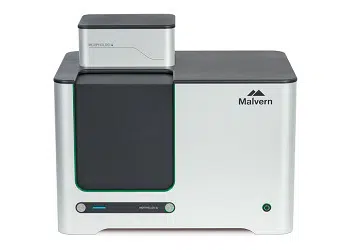
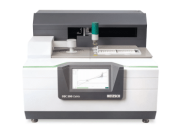






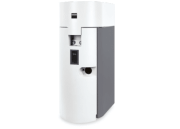

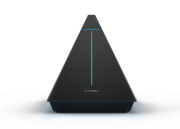
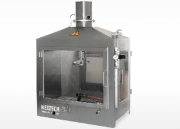
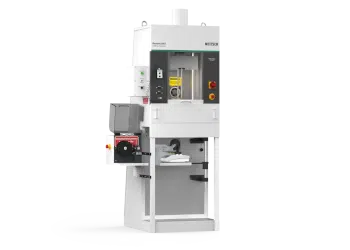
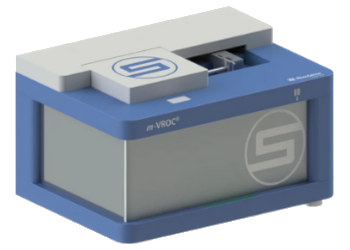
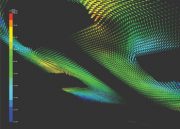

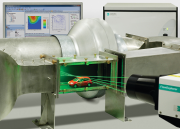
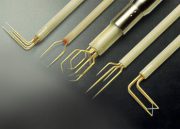
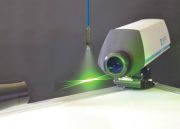
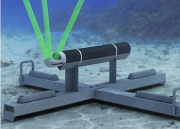
![[:de]kategorie_stroemung_staudruck[:en]kategorie_stroemung_staudruck2[:] [:de]kategorie_stroemung_staudruck[:en]kategorie_stroemung_staudruck2[:]](https://www.prager-elektronik.at/wp-content/uploads/2018/01/kategorie_stroemung_staudruck2-180x129.png)
